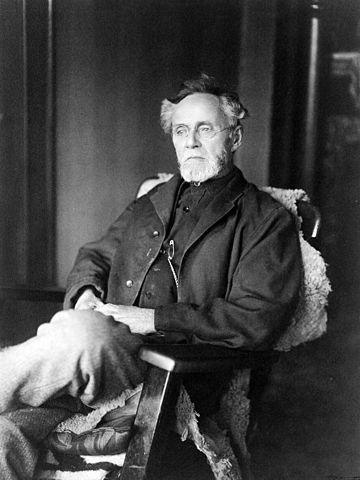Osteopathy was developed in America in 1874 by a Missouri based Physician, Dr. Andrew Taylor Still. It has developed to the point where it is now widely recognised throughout the world as one of the most scientifically validated and effective "complementary" therapies. Dr. Still believed that the body was created as a perfect, harmonious whole and possessed all the components necessary for self-healing. He developed a system for stimulating the immune system naturally, thus eliminating the use of addictive or toxic medication and considered surgery as the last option as a method of treatment.
Dr. Still founded the practice of Osteopathy based on five basic principles:
- The Body Is A Unit: a problem in one area will affect other musculoskeletal regions or bodily systems.
- Structure and Function are Interrelated: Osteopaths recognise the relationship between body structure and its capacity to function. If the body's structure is symmetrical, then it can function to its optimal potential.
- The Body Can Self Heal and Self Regulate: our bodies have all the components required for recovery of disease and health maintenance. It is the Osteopaths role to augment this inherent potential for health.
- The Somatic Component of Disease: Dr Still believed that the musculoskeletal system was focal to total body health. For complete recovery from disease or injury, the musculoskeletal system must be rid of dysfunction.
- The Use of Manipulation: Osteopaths use manipulative treatment, to restore optimal body function from injury or disease, when appropriate.
Osteopathy has been practised for more than 100 years and continues to grow as a profession in Australia and worldwide due to increasing demand and recognition of its benefits.

